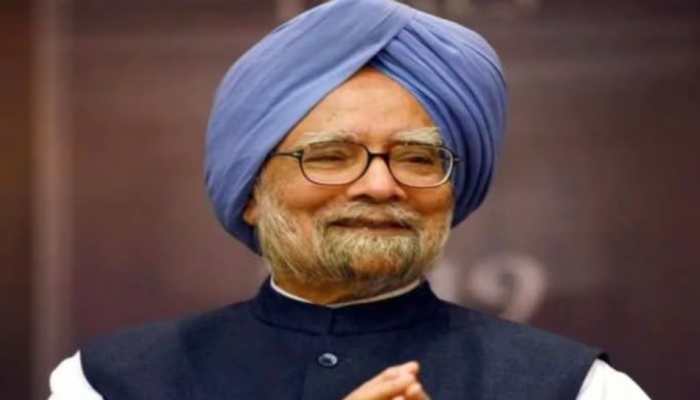Nobel Prize: 20 Interesting Facts You May Not Know
Trending Photos
)
1. The Nobel Prizes were founded by Swedish industrialist and scientist Alfred Nobel who invented dynamite in 1866.
2. Alfred Nobel was many talents rolled in one as he worked as chemist, engineer and industrialist. Also, he could speak 5 languages fluently at the age of 17. He left 31 million Swedish kroner (today about 265 million dollar) to fund the Nobel Prizes.
3. In his will dated November 27, 1895, Nobel dedicated a mammoth share of his fortune to honour work by awarding prizes in five areas - Physics, Chemistry, Medicine, Literature, and Peace.
4. In 1968, a sixth award for Economics was added by the Bank of Sweden in the memory of Alfred Nobel.
5. The Nobel Prizes are announced in advance but distributed every year on December 10 to mark the death anniversary of Alfred Nobel.
6. The Nobel Prizes for Physics, Chemistry, Medicine, Literature and Economics are awarded at a ceremony in Stockholm, Sweden, while the Nobel Peace Prize is awarded at a different ceremony in Oslo, Norway.
7. Alfred Nobel signed his third and last will at the Swedish-Norwegian Club in Paris. In his will, Alfred Nobel didn't explain as to why the Nobel Peace Prize was to be awarded by a Norwegian committee while the other four prizes were to be handled by Swedish committees.
8. The prize consists of a medal, personal diploma and cash worth 8 million Swedish kroner (roughly equal to $1.1 million US dollars as of october 2014).
9. The Nobel medal features the image of Alfred Nobel on the face. The image on the reverse varies according to the institution awarding the prize.
10. The main inscription on one side of the medal for Physics, Chemistry, Medicine, and Literature Nobel Prizes reads: "Inventas vitam juvat excoluisse per artes," which in loose translation means - "And they who bettered life on earth by new found mastery."
The verbatim translation is - "inventions enhance life which is beautified through art."
11. The inscription on the Nobel Peace medal is- "Pro pace et fraternitate gentium," which means - "For the peace and brotherhood of men."
12. So far, 567 Nobel Prizes have been awarded between 1901 and 2014 to 889 Nobel Laureates ( 864 individuals and 25 organizations)
13. 95 Nobel Peace Prizes have been awarded since 1901. It was not awarded on 19 occasions: in 1914-1916, 1918, 1923, 1924, 1928, 1932, 1939-1943, 1948, 1955-1956, 1966-1967 and 1972.
14. Posthumous nominations can't be made for Nobel Prizes. If during consideration, the nominee dies, his name is removed. But if a person dies after being announced as the winner, a posthumous award is given.
15. More than three people can't share a Nobel Prize.
16. Among the Nobel Laureates, the two most common dates for birthdays are 21 May and 28 February.
17. Till now, two have voluntarily declined to accept Nobel - Jean Paul Sartre for Literature in 1964 and Le Duc Tho for Peace in 1937. Le Duc Tho rejected the awrd given to him for Paris Peace Accords saying here was no actual pweace in Vietnam.
18. In 1958, Boris Pasternak was awarded the Nobel in Literature. He first accepted the Nobel Prize but later declined the prize fearing the Soviet authorities.
19. Malala Yousufzai, a Pakistani child education activist, is the youngest person to achieve the Nobel at the age of 17.
20. The Curies (Marie and Pierre Curie) comprised a very successful 'Nobel Prize family'. Marie Curie herself was awarded two Nobel Prizes. Marie Curie herself was awarded two Nobel Prizes - In 1903, she along with Pierre Curie was awarded half the Nobel Prize in Physics. In 1911 she was awarded the Nobel Prize in Chemistry.
-Compiled by Supriya Jha
Stay informed on all the latest news, real-time breaking news updates, and follow all the important headlines in india news and world News on Zee News.
Live Tv







)
)
)
)
)
)
)
)
)
)
